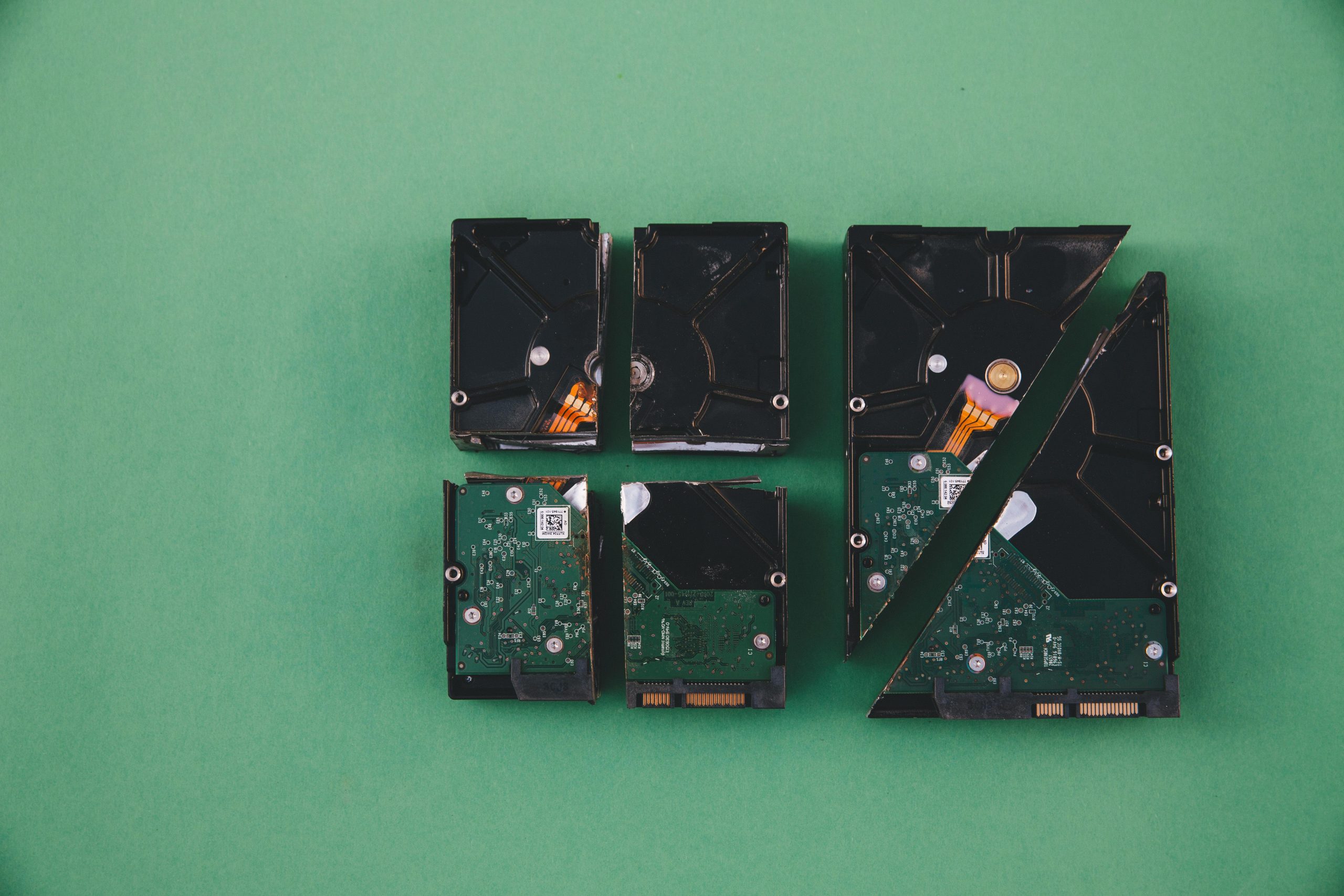What to Do with the WpSystem Packages Folder When Replacing Your D Drive: A Guide for Windows Users
Upgrading your storage drives is a common task for many Windows users, especially when your existing hard drive (HDD) begins to show signs of wear or runs out of space. If you’re in the process of replacing your D drive with a new HDD and have already begun copying files, you might encounter some questions regarding system files and folders—particularly the WpSystem folder and its subfolders.
Understanding the WpSystem Folder
Before proceeding with any drive replacements, it’s important to recognize that the WpSystem folder is a crucial part of the Windows operating system’s management of certain app-related data. Located typically within the \Program Files or other system directories, the WpSystem folder can contain subfolders like ‘Packages,’ which store app data, configurations, or other system resources necessary for Windows Store apps and system functions.
Your Specific Dilemma
While transferring files from your old HDD to the new one, you may encounter an error message such as, “Your organization does not allow you to place this file here,” when attempting to move or modify the ‘Packages’ folder within the WpSystem directory. This resistance often stems from Windows’ security mechanisms, permissions, or organizational policies that restrict user modifications to system-critical folders.
Best Practices for Moving or Replacing the WpSystem Packages Folder
- Avoid Manual File Movement
Due to the sensitive nature of the WpSystem and Packages folders, manual copying or moving of these files is generally discouraged. Doing so can lead to system instability, application errors, or inability to run certain Windows features.
- Use Windows Backup and Restore Options
The safest way to migrate system files and configurations is to perform a system migration or complete drive image backup. Tools such as Windows Backup, System Image Recovery, or third-party disk cloning software can create a snapshot of your current drive, ensuring all system files, including WpSystem packages, are correctly transferred.
- Reinstall or Reconfigure Affected Applications
If you’ve already copied files manually and suspect issues, consider reinstalling affected applications or resetting Windows Store apps via PowerShell commands. This approach can regenerate necessary folders and permissions without risking system integrity.
- Fresh Install of Windows on the New Drive
For clean migrations, installing a fresh copy of Windows directly onto the new HDD and then restoring your data is often the most reliable method. This process ensures that all system folders
Share this content:



